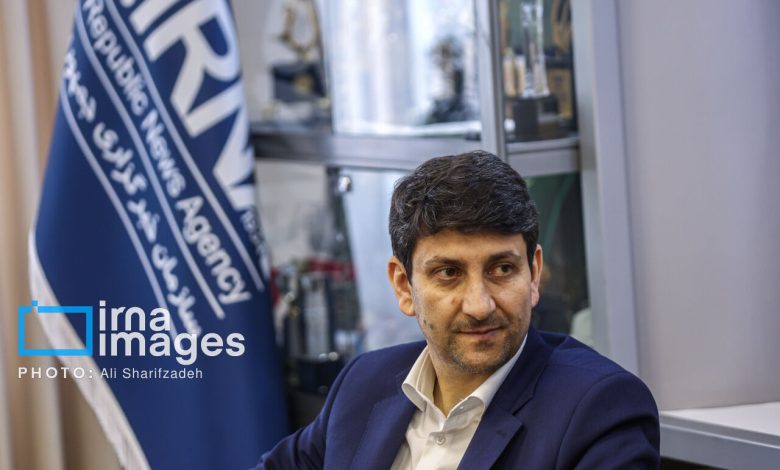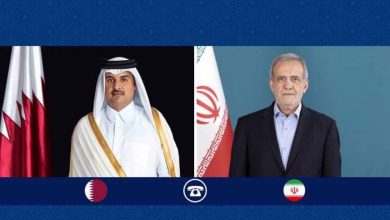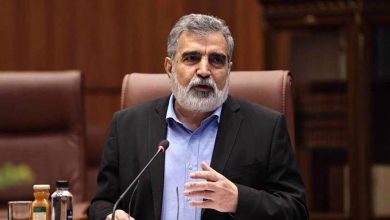
Minister of Communications and Information Technology, Sattar Hashemi, expressed optimism on Monday regarding Iran’s inaugural research mission to a geostationary orbit, anticipated to take place before the conclusion of the current calendar year.
Hashemi stated that achieving access to geostationary orbit, or GEO, would represent a major advancement, highlighting its considerable distinctions from low Earth orbit (LEO).
He highlighted the technological challenges linked to this orbit, emphasizing its intriguing nature. “Attaining this orbit demands careful and precise maneuvers, as it takes place not in an isolated instant but within fractions of a second,” he stated.
He further stated that the process will also incorporate the use of artificial intelligence technologies.
Hashemi highlighted that the immediate focus is not on the mission’s success or potential failure. “This is our initial step in this journey, and our intention is to evaluate our capabilities,” he stated.
A geostationary orbit (GEO) refers to a circular trajectory situated roughly 35,786 kilometers above the Equator, enabling a satellite’s orbital period to synchronize precisely with Earth’s rotational period. This alignment ensures that the satellite remains fixed in position relative to the Earth’s surface.







